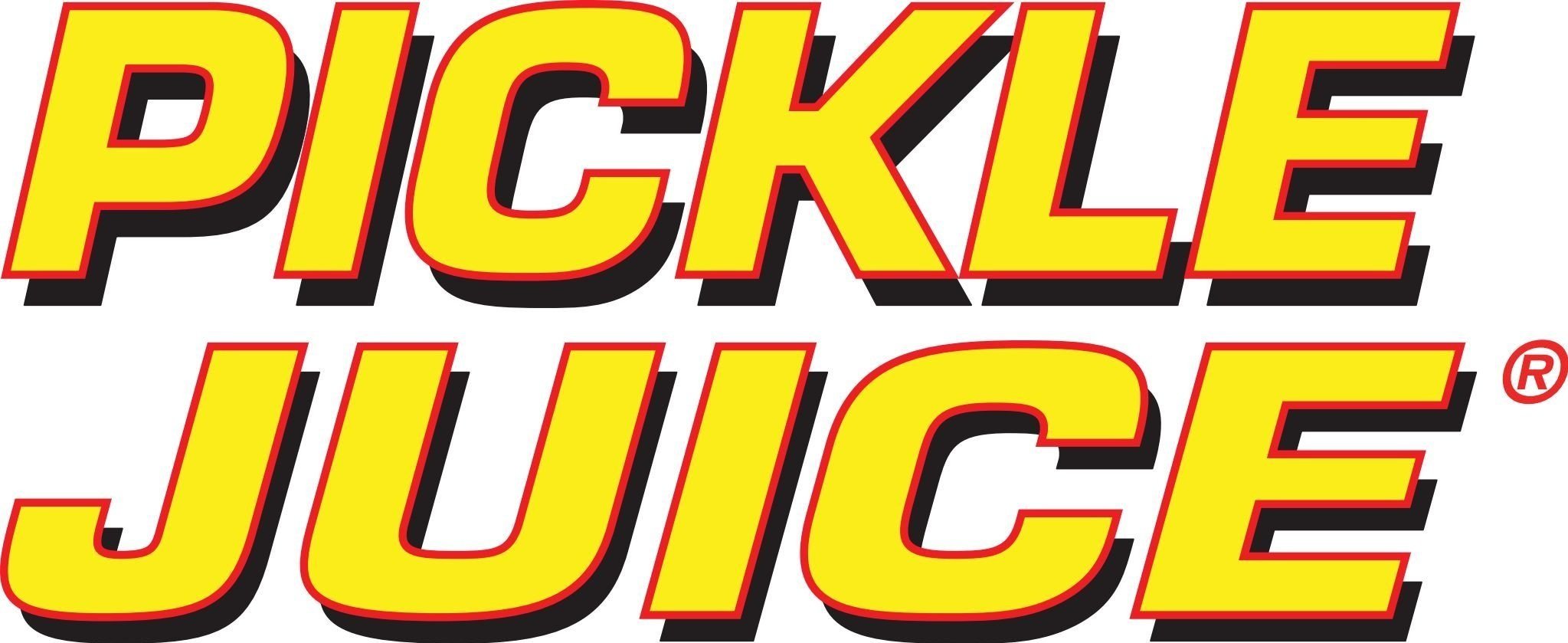The New Superfood for Athletes
Pickle Juice – is this the new superfood for athletes?
The following article was published by Nutrition Strategies.
Many athletes are trying a new “juice”. It is green, smells funny and is acidic with a vinegary dill like taste. Could it be the new superfood for athletes with exercise associated muscle cramps (EAMC)?
As we all know EAMC are common in athletes and can stop an athlete from performing at their best and even finishing their event. Unfortunately the cause of EAMC is not well known although there are many theories. A study by Kevin Miller et al 2008, found that 25% of athletic trainers used a “juice” to treat EAMC and the “juice” was Pickle Juice.
Furthermore Miller et al 2010 in a cross over design electrically stimulated the muscle, flexor hallucis brevis (FHB) (a muscle located in the sole of the foot) to cramp in 10 hypohydrated healthy male collegiate volunteers and provided subjects with water or pickle juice (1ml/kg BM), 2 seconds after the cramp was initiated. They found that cramps were alleviated ~45% faster with the pickle juice compared to water.
Pickle juice is not new, people have been using it to treat muscle cramps for many years but it is only recently that its knowledge and popularity has become more widespread. There has been concern with the use of pickle juice because it was thought that it could influence hypertonicity and cause hyperkalemia however a study by Miller et al 2010 found no difference in sodium concentration, plasma potassium, plasma molality or change in plasma volume up to 2 hours following ingestion.
Pickle juice when consumed in <150ml should not aggravate gastrointestinal symptoms. However consuming large doses such as >550ml can do. A benefit of pickle juice is that it is not sweet which can be useful in endurance events such as ultra distance trail running where flavour fatigue is common.
